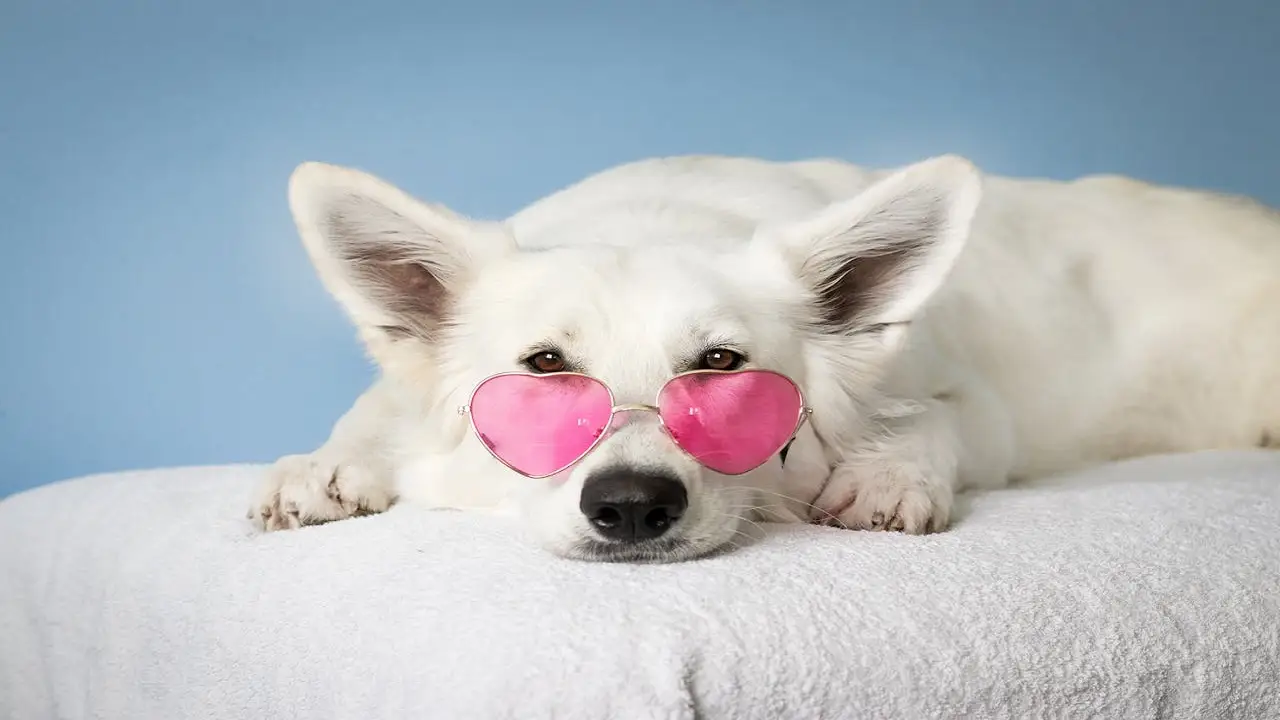Teach your dog to relax

Training a dog to be calm, relax, and settle is an essential skill that every pet owner should strive to teach their furry friend. By teaching your dog to relax, you can help them overcome anxiety, reduce excessive energy, and create a harmonious living environment for both you and your canine companion. In this article, we will explore effective techniques and training tips to help you achieve a calm and relaxed demeanor in your dog. Whether you have a hyperactive puppy or a nervous rescue dog, these strategies can be tailored to suit dogs of all ages and temperaments.
Calming techniques for dogs
Every dog is unique, and different methods may work better for some dogs than others. It is crucial to understand your dog’s temperament, behavior patterns, and the factors that trigger their anxiety. Here are some proven calming techniques that can aid in training your dog to be calm, relaxed, and settled:

1. Establish a routine:
Dogs thrive on routine and predictability. Having a consistent daily schedule for feeding, exercise, playtime, and rest can provide your dog with a sense of security and stability. Consistency in their routine helps them feel more relaxed and reduces anxiety.
2. Provide a safe space:
Dogs need a designated space where they can retreat to when they feel overwhelmed or anxious. Create a comfortable, safe, and quiet area within your home where your dog can relax and have their own space. This can be a cozy dog bed, a crate, or a specific room where they feel secure.
3. Incorporate relaxation exercises:
Teaching your dog relaxation exercises can help them learn to self-soothe and calm down in stressful situations. One effective technique is to practice controlled breathing exercises with your dog. Sit or lie down with your dog beside you and take slow, deep breaths. Encourage your dog to match their breathing pattern with yours, gradually slowing down their breath. This exercise can help your dog relax and destress.
4. Use calming aids:
There are various calming aids available in the market that can help alleviate anxiety in dogs. These include pheromone diffusers, calming sprays, and anxiety wraps. Consult with your veterinarian to determine the most suitable calming aid for your dog’s specific needs.
5. Implement positive reinforcement training:
Positive reinforcement training techniques are highly effective in teaching dogs desired behaviors. Reward your dog with treats, praise, and affection when they exhibit calm and relaxed behavior. You can also use clicker training or verbal cues to signal your dog when they are displaying calmness. Consistency and patience are key when using positive reinforcement as a training method.
Dog training tips
Training your dog to be calm, relax, and settle requires time, patience, and consistency. Here are some additional training tips to help you along the way:
1. Start with short training sessions:
Dogs have limited attention spans, especially when they are just beginning their training journey. Start with short training sessions of 5-10 minutes and gradually increase the duration as your dog’s focus and understanding improve. Remember to keep the training sessions positive and rewarding.
2. Avoid punishment:
Punishment-based training methods can lead to fear and anxiety in dogs. Instead, focus on rewarding desired behaviors and redirecting unwanted behaviors. Positive reinforcement is a more effective and humane approach to training.
3. Provide mental stimulation
Dogs thrive on mental stimulation, and providing them with appropriate outlets for their mental energy can help them relax and settle. Engage in interactive play, puzzle toys, and training exercises that challenge their minds and tire them out.
4. Be patient and consistent:
Training takes time, and every dog learns at their own pace. Be patient with your dog and celebrate small victories along the way. Consistency in your training methods and expectations is crucial for your dog to understand what behavior is expected of them.
5. Seek professional help if needed:
If you are struggling with training your dog to be calm and relaxed, do not hesitate to seek professional help. A certified dog trainer or a behaviorist can provide guidance, personalized training plans, and support to address any specific issues your dog may have.
Conclusion
Remember, building a calm and relaxed relationship with your dog is a lifelong journey that requires dedication and consistency. Through proper training, patience, and love, you can nurture your furry friend to thrive and experience a peaceful and balanced life. Take the time to understand your dog’s individual needs and behaviors, and tailor your training approach accordingly. Celebrate small victories and remain patient during setbacks, as progress takes time. By investing in this journey, you’ll not only strengthen your bond with your dog but also create a harmonious environment where both you and your canine companion can flourish together for years to come.
